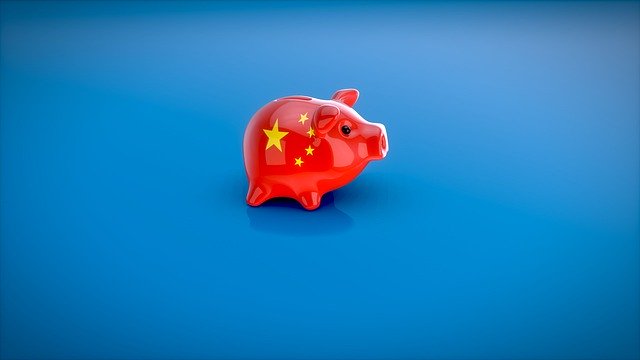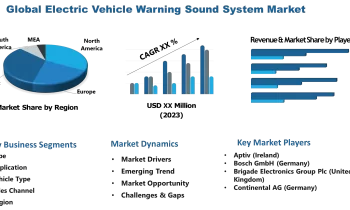
Just over a year ago, DailyInvestNews covered the troubling economic conditions were experiencing. In Economically, is it Over for China? we discussed the fact that economic growth in the world’s second-largest economy slowed to its lowest rate for over 28 years, with the decline coming falling demand domestically and the ongoing tariff issues with the US.
Then Coronavirus happened and things changed dramatically.
The first quarter of 2020 saw China react to the coronavirus by shutting down factories and manufacturing plants nationwide. The result was China’s economy contracted by 6.8%. This was the first time the Chinese economy contracted since China started recording quarterly figures in 1992.
Whilst global economies suffered under pandemic lockdowns, China reopened its factories and enjoyed an economic recovery which saw GDP increase by 9.9%. By November China posted a record trade surplus as exports soared.
China’s gross domestic product (GDP), grew 2.3% in 2020, making it the only major economic power not to register a contraction in their economy last year. China also replaced the US as an investment hub whilst much of the world was struggling with second or third-wave coronavirus lockdowns.
Now, things are not so rosy again in China. Last month, Factory activity expanded at the slowest pace in nine months as overseas demand weakened and coronavirus flare-ups weighed on output.
The Caixin/Markit Manufacturing Purchasing Managers’ Index (PMI) dropped to 50.9 last month, the lowest level since last May. The figures were worse than expected after analysts predicted the index to remain unchanged from January’s 51.5 reading.
Readings above 50 indicate an economy in expansion whilst readings below the 50 mark indicate an economy in contraction.
Wang Zhe, senior economist at Caixin Insight Group commented:
“Overseas demand continued to drag down overall demand…Surveyed manufacturers highlighted fallout from domestic flare-ups of Covid-19 in the winter as well as the overseas pandemic.”
Chinese PMI Dips
To add further concern, data from the National Bureau of Statistics (NBS) released on Sunday showed that February’s official manufacturing purchasing managers’ index (PMI) was 50.6, below the 51.1 analysts had predicted and a decline from January’s 52.8 reading.
The non-manufacturing PMI came in at 51.4, also down from January’s 52.4 reading.
Bloomberg chief Asia economist Chang Shu said:
“The larger-than-expected declines in China’s February purchasing managers’ indexes should not cause alarm. They reflect seasonal weakness and effects of the virus surge before the Lunar New Year. What they don’t fully capture, though, is the stabilization that started to take hold late in the month.”



